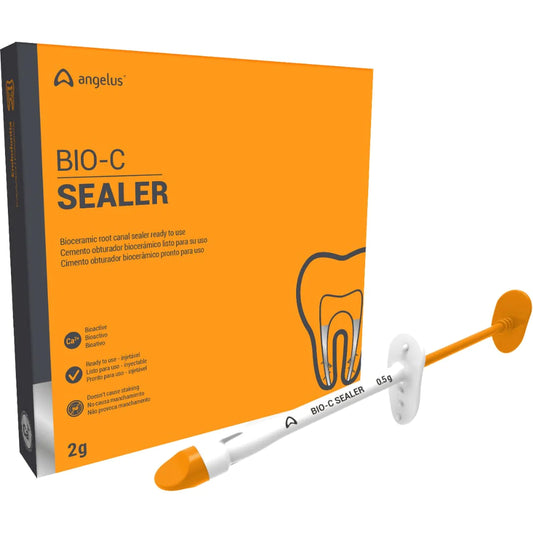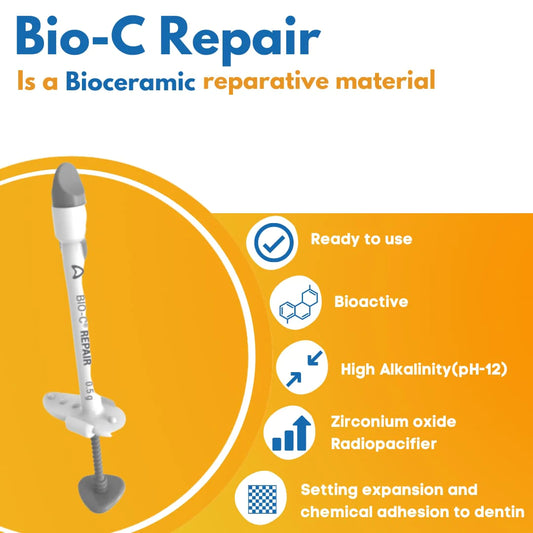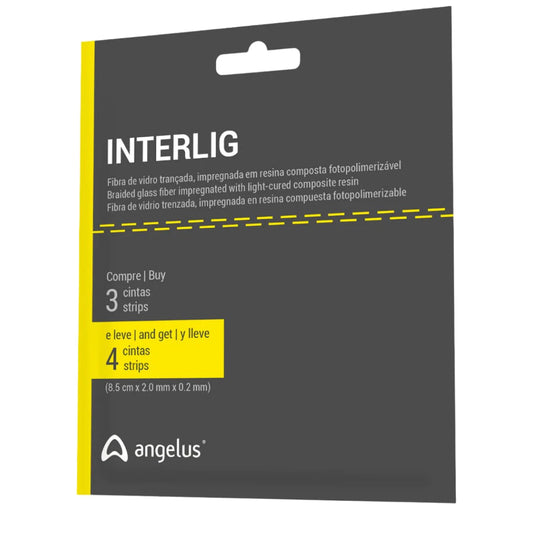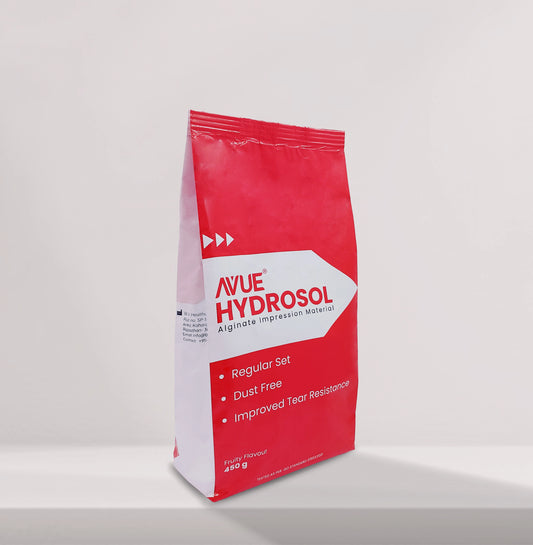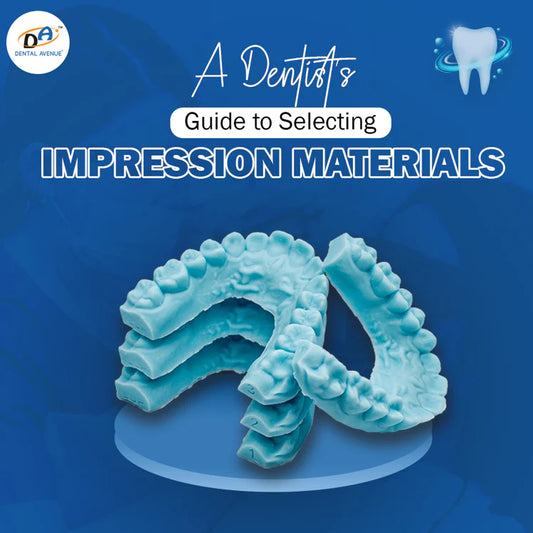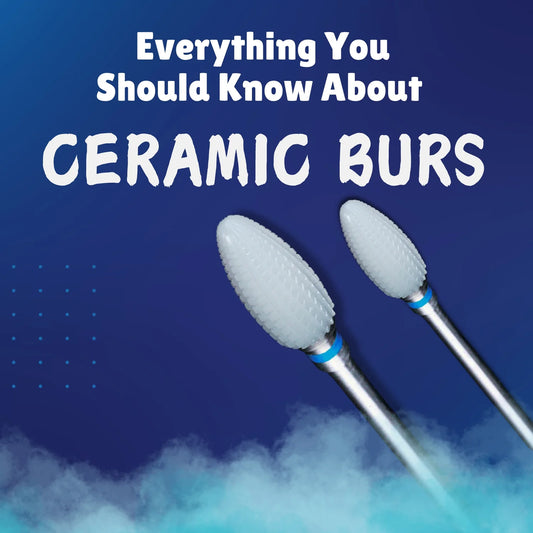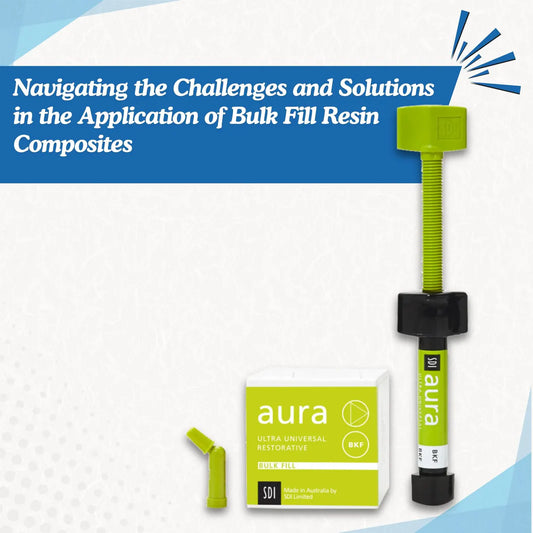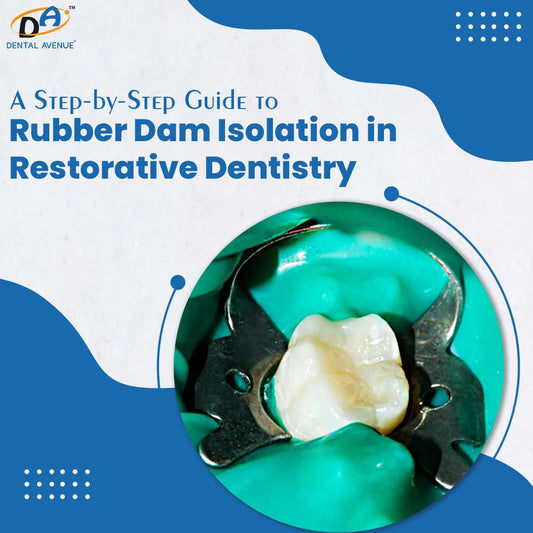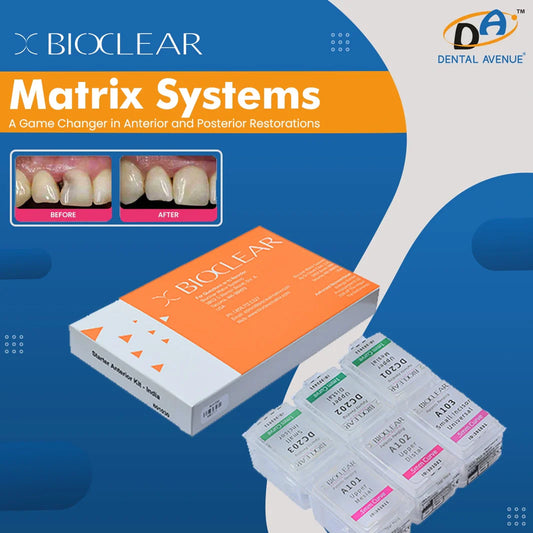Table of Contents:
Introduction
Types of Dental Burs in Dentistry- Sorted by Material
What are the different shapes and sizes of Dental burs in dentistry?
Which Bur should be used for Each Treatment?
Conclusion
FAQs
Dental burs play an important role in a vast variety of major and minor dental procedures, considered the bone for operative dentistry. The bur helps with cavity preparation, crown cutting, lengthening, surgical access and many more. It is important to understand the various types of burs, their uses, sizes, shapes and applications in dentistry to enhance the efficiency of dental procedures. This article delves into the types of dental burs in dentistry, gnthe materials used, how to choose the right one, their shapes and how to store them properly to increase their efficacy.
Types of Dental Burs in Dentistry- Sorted by Material
Dental burs can be classified based on the material used in their composition. Various types of burs commonly used in dentistry are diamond, carbide, gold and smart burs (ceramic). Each bur is designed for specific tasks to be performed depending on the type of material used during manufacturing.
Diamond burs
These dental instruments are made up of stainless steel bodies with bonded diamond powder on the head surface and are available in various grit sizes. It comes in various sizes, shapes, heads & grit determines the kind of procedure to be done. Diamond burs help in cutting hard surfaces like tooth surfaces (enamel), crown cutting, bone cutting etc. Being one of the hardest metals on earth it has the properties to cut hard surfaces like zirconia and lithium disilicate, while other materials struggle to do so. Diamond burs help in tooth cutting bursfor crown preparations and veneers and finishing procedures.
One major drawback is they are prone to overheat while operating and tend to wear and dull faster than other types of dental burs.
Diamond burs come in two options: single-use and multi-use.
Carbide burs
Carbide burs are also known as tungsten carbide burs and are three times stronger than stainless steel burs can withstand higher temperatures and have high cutting ability. Carbide burs have high wear resistance and can be used much longer than other burs without losing their edge, these burs are known for their toughness and these characteristics make them ideal for cavity preparation, crown cutting, bone cutting during surgical procedures, removing impacted teeth etc. Carbide burs provide comfort to the patients as they produce fewer vibrations and chatter sounds due to their blade shape.
Another advantage is its cutting ability to cut hard metal surfaces and cut through metal for other dental procedures.
Carbide burs are usually expensive burs and are available in multi-use.
Smart burs
Smart burs as the name suggests are self-limiting instruments and are constructed of medical grade, glass bead-reinforced polymer. These burs have the properties that will cut only the soft carious dentine and will not cut harder the harder part i.e. enamel healthy dentin and restorations like amalgam or composite. These burs are also known as intelligent burs as they provide great comfort to patients with no risk of post-operative sensitivity, no need for local anaesthesia
Access Cavity Preparation
Access cavity is the most important step during the root canal procedure as it helps in providing a clear view of the dentinal map and a clear path during cleaning, shaping and locating the canal in straight access. Access cavity preparation burs are specially designed to create access into the pulp chamber without compromising the healthy tooth structure. These burs have typical features that allow access to the pulp chamber anatomy.
What are the different shapes and sizes of Dental burs in dentistry?
Dental burs come in different shapes, sizes and grits, each tailored for specific procedures.
- Round burs: these burs are used in various applications, its head allows for the excavation of tissue for cavity preparation and access opening, and is also used for bone surgery.
- Pear-shaped burs: these burs are known as 330 burs due to the ISO code, thee burs are used for caries removal, trimming and finishing
- Flat end tapered burs: these burs are designed for crown and bridge preparation
- Round end tapered: these burs are very popular for multi-role purposes for crown and bridge preparation and cavity preparation.
- Football burs: these burs come in different material types for each role i.e. gold football burs for occlusal reduction, carbide football burs for finishing and trimming and diamond football burs for cavity, crown and bridge preparation.
- Torpedo burs: due to their shape like a torpedo, these are specially designed for cavity preparation.
- Inverted cone burs: these are the most versatile burs used in dental surgery for the creation of undercuts, also used to form occlusal surfaces, and flatten pulpal or gingival walls.
- Straight fissure burs: these burs come in two forms parallel lines that move diagonally to the head and are used in flattening floors of cavity preparation, whereas cross cut is for peripheral contouring.
- Tapered fissure burs: widely used in sectioning of roots, reducing the crown height
Which Bur should be used for Each Treatment?
Selection of burs depends on the specific procedures and treatment goals. Here are a few of them:
- Cavity preparation: cavity preparation typically requires round or fissure burs for the removal of the cavity and provides shape.
- Crown preparation: both carbide and diamond burs with specific shapes for reduction of the tooth according to the anatomy.
- Root canal treatment: specially designed access cavity preparation burs are required to navigate the canals without hampering the dentinal map and healthy surrounding tissues.
- Finishing and dental polishing burs: fine grit size diamond burs and carbide burs are designed for finishing and trimming of dental restorations.
- Oral surgery burs: specific burs with strong cutting edges for bone cutting during surgical procedures and removal of impacted teeth.
Conclusion:
Understanding the complexities of dental treatment requires different shapes of dental instruments; one of them is dental burs which are crucial for any dental practitioner. With proper knowledge, the dentist can optimise the workflow and deliver best for the patient's care. Different types of burs require different approaches and specific handpieces. Thus it is important to have the right approach towards different dental procedures.
FAQ’s
Q. Which dental bur is the sharpest?
Diamond burs are considered to be the sharpest among all due to their abrasive surfaces.
Q. How do dentists choose which dental bur to use?
According to the specific procedure, the material being worked on and the desired outcome/
Q. How can I prevent dental burs from rusting?
It is important to clean and sterilize the burs regularly and avoid boiling as it causes wear and tear. Place it in a separate box away from moisture.
Q. Which bur is used for crown cutting?
Different types of carbide and diamond burs are used for crown preparations like tapered fissures, straight fissures, football-shaped

